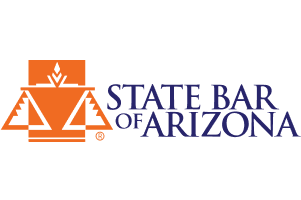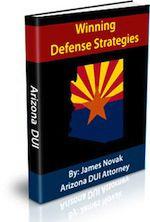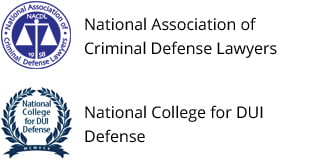- Free Initial Consultation: (480) 413-1499 Tap Here To Call Us
Arizona Court Issues Important Ruling in Case Revolving Around “Red-Light Statute”
Recently, the Arizona Court of Appeals, Division One, issued an opinion regarding an Arizona statute requiring cars to stop at a red light. The opinion went beyond the traffic implications of this statute, delving into the question of what happens when an individual violates the statute and ends up causing serious physical injury or death to another person. Ultimately, the court concluded that the statute does not require a vehicle to have entered the intersection before causing an accident, meaning that defendants can be subject to the statute’s penalties whether or not their cars were in the intersection prior to causing the serious physical injury or death.
The Statutes in Question
The statute that the court first examined is often called the “red-light statute,” and it requires cars to stop at red lights. Under an accompanying statute, the “enhanced penalty statute,” “[a] person is guilty of causing serious physical injury or death by a moving violation if the person violates [the red-light statute] and the violation results in an accident causing serious physical injury or death.”
Essentially, the enhanced penalty statute means that if an individual violates the red-light statute, and if that violation leads to injury or death, the individual can face additional repercussions than he or she would face if only the red-light statute were in play. The enhanced penalty statute delivers harsher consequences for a driver that causes an accident at the intersection of a red light.
more Question Before the Court
In this case, the court had to decide whether the enhanced penalty statute applies to drivers who have not yet entered a red-light intersection. Here, a driver failed to stop at a red light and ended up bumping into the Jeep in front of him. The collision ultimately caused the Jeep driver’s death. The driver, at trial, argued that because he had not yet entered the red light’s intersection, he should not be subject to penalties under the enhanced penalty statute.
The higher court disagreed. Ultimately, said the court, when determining whether an accident resulted from a violation of the red-light statute, it’s appropriate to consider the accident as a “continuous event,” not as the single moment when the car is in the intersection. Because the accident includes both the moment prior to entering the intersection as well as the collision in the intersection, drivers who have not yet entered the intersection are, indeed, eligible for penalties under the enhanced penalty statute.
The court’s opinion means that drivers causing accidents are, at times, subject to higher penalties, and it serves as a reminder to only drive when you are of sound mind.
Are You in Need of a Phoenix Vehicular Crimes Attorney?
At the Law Office of James E. Novak, we work tirelessly to make sure your freedoms are protected, and we will not stop until you are satisfied with the outcome in your criminal case. For a free and confidential consultation with a Phoenix vehicular crimes attorney, call us today at 480-413-1499. You can also fill out our online form to have a member of our team get in touch with you as soon as possible.






















